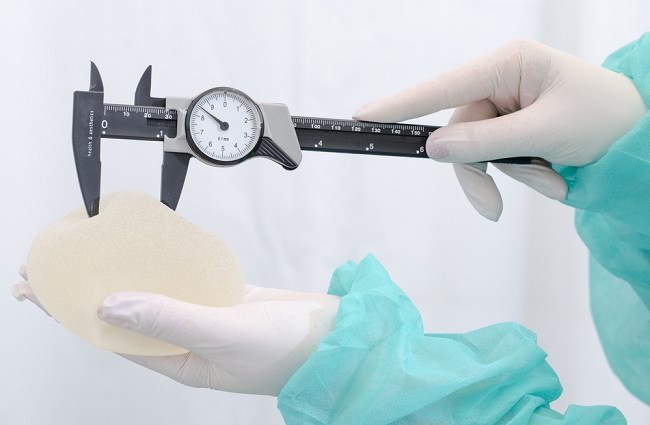Maceration is a medical term used to describe a damaged skin condition. This condition begins with the skin blisters, peels and then detaches. Maceration can be one of the tools to estimate the time and cause of fetal death.
The event that a baby dies in the womb that occurs when the fetal age has reached 20 weeks and above, or when the fetus weighs 500 grams and over, is called stillbirth. This condition is different from a miscarriage, which is when the age of the fetus in the womb has not yet reached 20 weeks.

Various Causes of Fetal Death in the womb
Condition stillbirth Most occur in healthy fetuses. The death can be caused by many factors, but some of the causes are unknown. One of the risk factors for causing a baby to die in the womb is interference with the placenta, the organ that connects the fetus to the mother.
The placenta serves to supply blood and nourish the fetus in the womb. The presence of problems with the placenta can trigger disturbances in the fetus, either in the form of fetal death (stillbirth) or cause fetal growth restriction.
Apart from disruption of the placenta, stillbirth can also be caused by:
- Preeclampsia, namely high blood pressure experienced by pregnant women.
- The occurrence of bleeding in the mother, before or during childbirth.
- History of diabetes since before pregnancy.
- The presence of liver disorders in the mother during pregnancy.
- Infection in the mother, which then affects the fetus.
- Genetic abnormalities in the fetus.
- Placental abruption, which is the separation of the placenta from the uterus before the fetus is born.
- The umbilical cord that slips to the bottom and then wraps around the fetus.
To determine the exact cause of infant death, it is important to carry out laboratory testing and examination of the placenta and other fetal tissues. Unfortunately, even though the procedure has been carried out, doctors often have difficulty finding the exact cause and time of fetal death.
Maceration can be a sign that the fetus has died in the womb. When a complete autopsy procedure on a stillborn fetus is not possible, external examination procedures on the fetus, including maceration, can be used to estimate the time of fetal death.
Examination of the changes seen in a stillborn fetus can help estimate the time of fetal death, although it cannot pinpoint the exact time of death.
Maceration Can Help Determine Time of Fetal Death
The following are signs of maceration that can appear in a stillborn fetus:
- The umbilical cord is brown or red, or is 1 cm or more desquamated, indicating that the fetus has been dead for at least six hours.
- If there is desquamation on the face, abdomen, and back, it is a sign that the fetus has been dead for at least 12 hours.
- If there is desquamation of 5% of the entire body or desquamation of two or more body parts (such as the scalp, face, neck, back, chest, arms, hands, testicles, thighs, and legs), it indicates that the fetus is dead. for at least 18 hours.
- The skin color of the fetus is brown or dark brown/black, indicating that the fetus has been dead for at least 24 hours.
- Mummification, i.e., reduced soft tissue volume, rough skin and dark brown and blotchy fetal tissue, indicates that the fetus has been dead for at least two weeks.
Maceration can help doctors estimate the time of fetal death. However, to determine the exact time of fetal death in the womb, you still have to use other, more accurate examination methods.









